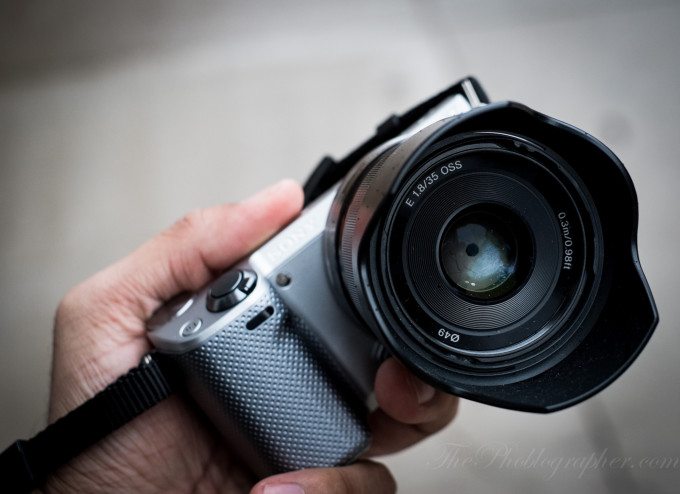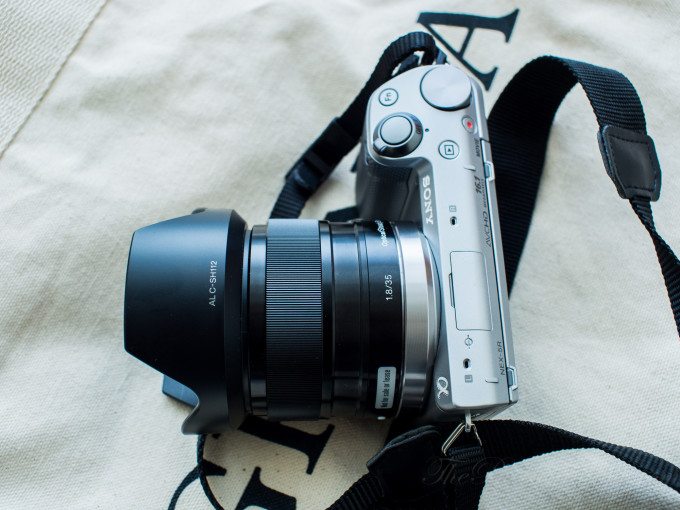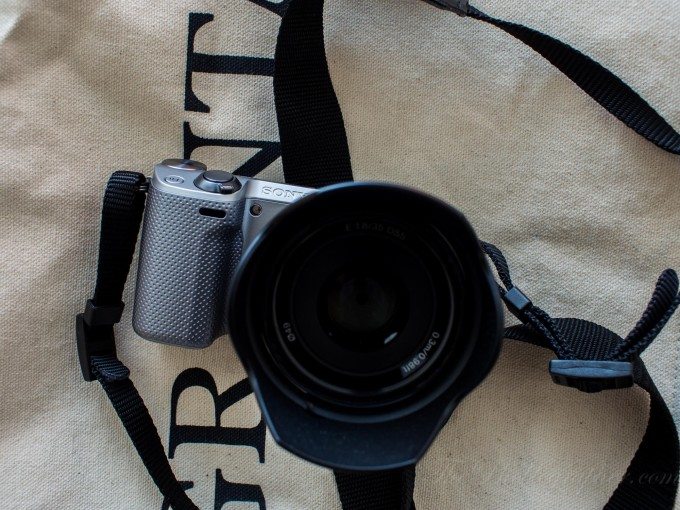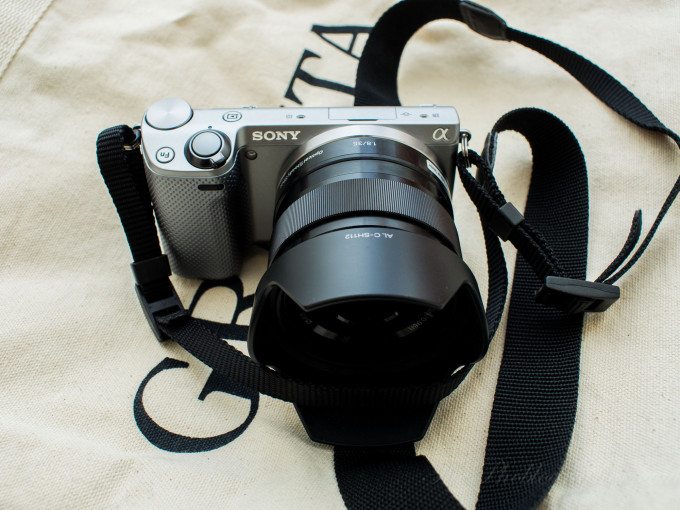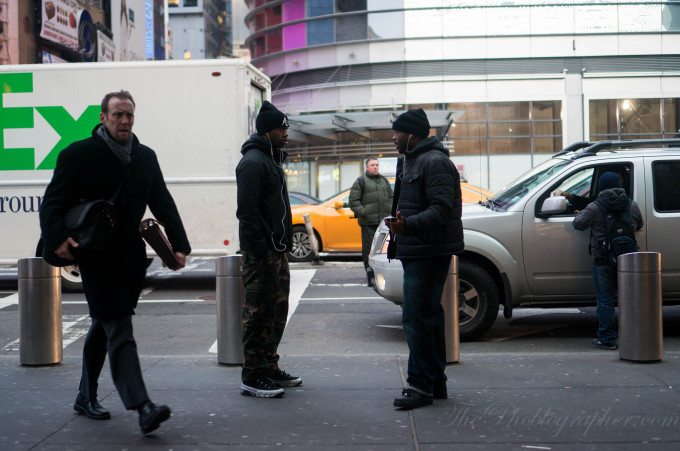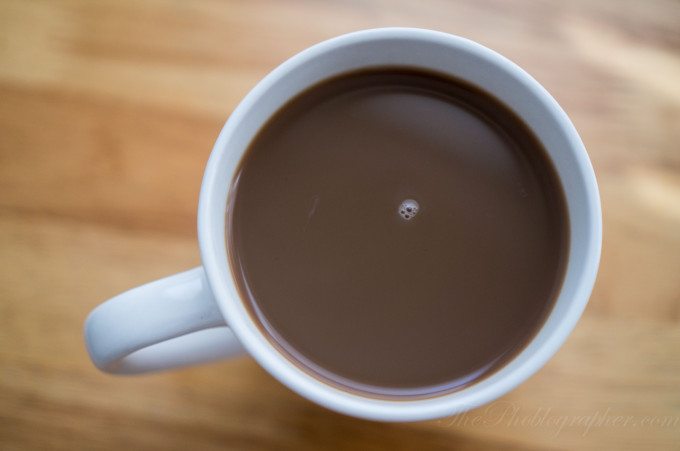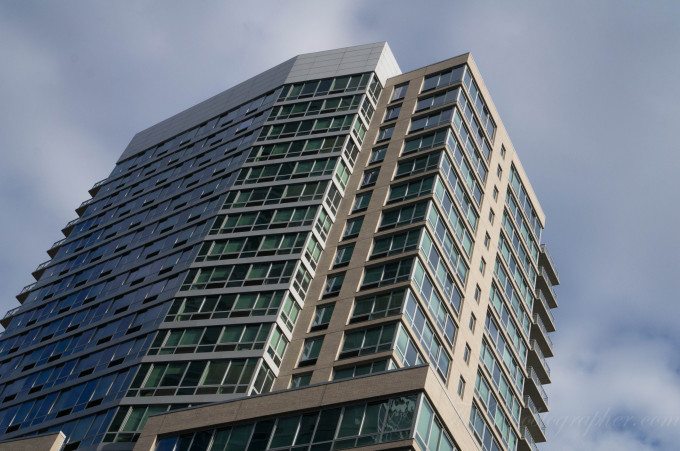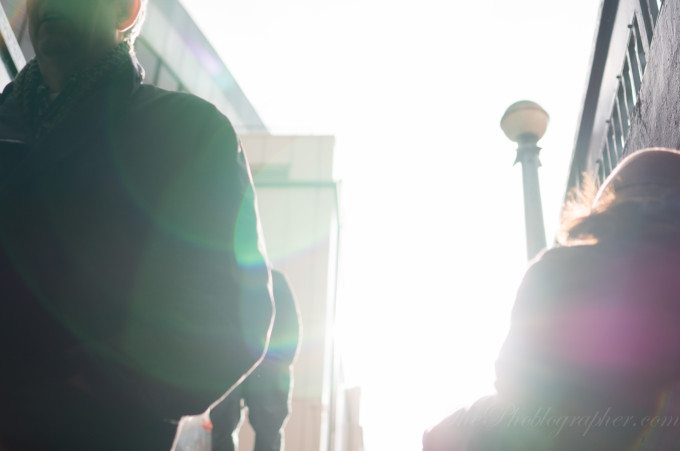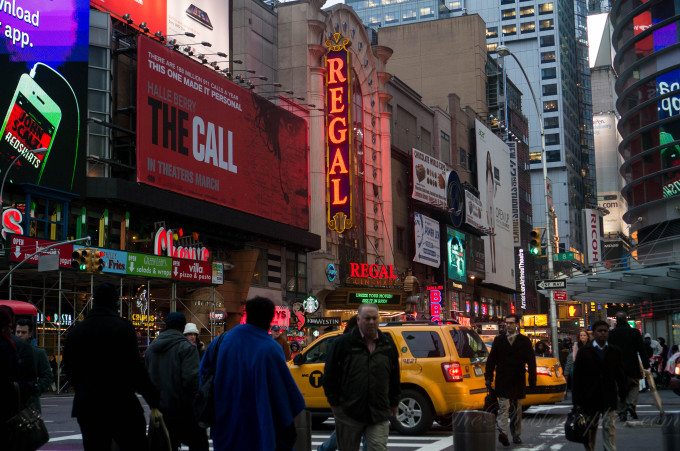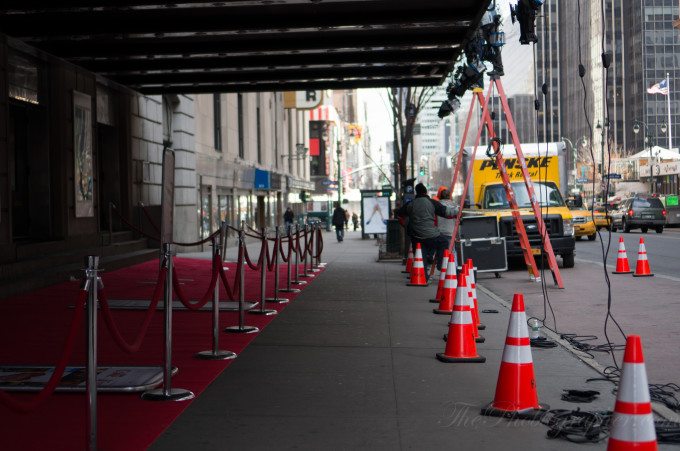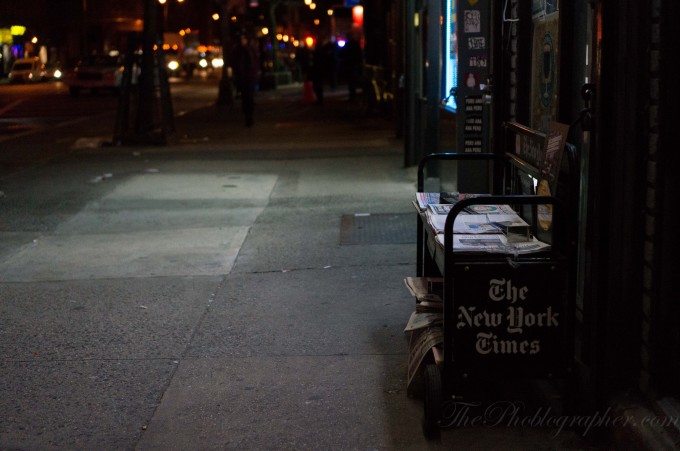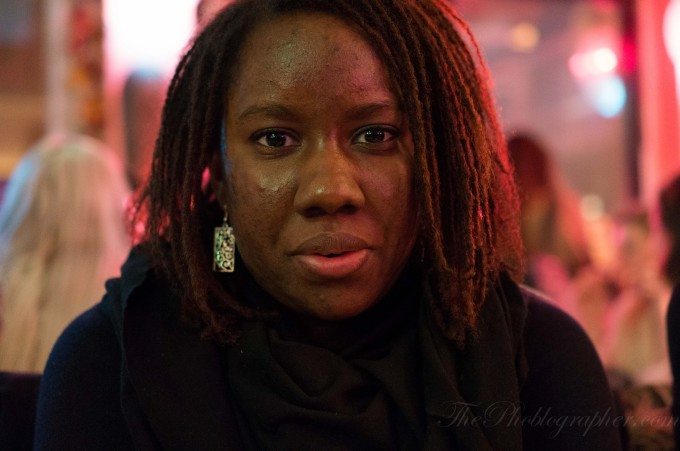Last Updated on 03/10/2013 by Julius Motal
The Sony 35mm f1.8 OSS is the company’s second image stabilized prime lens for their NEX camera system. It bears all the looks of what a Sony/Zeiss lens should be, but it indeed is not. On the NEX camera system, this lens renders a near 50mm field of view. The lens also completes Sony’s line of major needed lenses with the 24mm f1.8 and 50mm f1.8 OSS being the other two major fast primes for the system.
The other two lenses both floored us with their quality, but does this third addition have what it takes to complete the trinity?
Pros and Cons
Pros
– Optical Stabilization works quite well
– Great small size
– Wonderful bokeh
– Little to no distortion
– Fast focusing
Cons
– Not as sharp as I’d expect it to be.
Gear Used
We’ve used the Sony’s 35mm f1.8 OSS with the Sony NEX 5r.
Tech Specs
Specs pulled from the Adorama listing.
| Lens Mount Type | Sony E-mount |
| Aperture (Max.) | f/1.8 |
| Aperture (Min.) | f/22 |
| Focal Length (35mm equivalent) | 52.5 mm |
| Filter Diameter | 49mm |
| Lens Construction | 6 Groups / 8 Elements |
| Minimum Focus Distance | 11.88″ (0.3 m) |
| Angle of View | 44° (APS-C) |
| Aperture Blade | 7 blades (Circular aperture) |
| Image Stabilization | Optical SteadyShot |
| Diameter x Length | 2.4 x 1.8″ (62.2 x 45mm) |
| Weight | 5.5 oz (155g) |
Ergonomics
Taken from the first impressions post
The Sony 35mm f1.8 OSS is not a Zeiss branded lens, but it ought to be–at least in terms of looks. A slippery smooth black exterior covers this lens with very little to it at all. Most of the lens’s small body is dominated by a large manual focus ring.
The lens has a 49mm filter thread and not a large front element at all. The hood for it is petal shaped and only makes the lens look like a monster about to eat your subject’s face.
Otherwise, the lens doesn’t have very much else to it. Like Sony’s other NEX primes, it is very simplistic.
Build Quality
The 35mm f1.8 OSS feels plasticky but not cheap. The plasticky feel can be attributed to its exterior, which feels a bit too smooth in my opinion. Sony should have made the exterior textured.
However, if you can ignore the slippery smoothness, this lens feels quite solid in the hands–but it can’t touch Fujifilm’s 35mm f1.4 X series in terms of build quality. To be fair, these lenses may have been developed and targeted to different audiences.
Autofocusing
This lens is fast to focus on the NEX 5R in ideal conditions, which tells us that it will work seamlessly with higher grade cameras. Focusing in low light was only a tad less snappy than in daylight. If you’re looking to use this lens for street photography, it can surely keep up with the best of the best–but I personally recommend switching the lens into manual mode and using the Zone Focusing method to get the best results. Sony has a distance scale and focus peaking that will work well to your advantage when practicing that method.
If you don’t want to though, then ensure that your units touchscreen is up to par–ours wasn’t!
Ease of Use
Point and shoot; that’s really all that there is to this lens. It was primarily designed for autofocusing but works totally fine in manual mode as well. Most people will leave it in auto anyway. In real life use that means that you can give the camera and lens to someone so that they can take a picture of you.
Just remember that when they ask, “How do you zoom?” to say, “with your feet.”
Image Quality
The overall image quality of the 35mm f1.8 OSS is really very good–but part of this is due to the Sony sensors. Personally, I feel that this lens would absolutely rock on the NEX 7, but one wasn’t available for us to test it on. It still did quite a good job on the NEX 5R, but we feel that it could have been sharper.
If sharpness isn’t a total worry for you and you know your way around editing software, then this lens may (and should be) next on your list.
Bokeh
This lens sports seven aperture blades. For those of you not aware of the technical significance behind this, the more aperture blades a lens has the creamier and more pleasing the quality of the bokeh usually is.
Additionally, more aperture blades help to ensure the out of focus balls (such as those on the top right and mid-to-top left of the image next to this text) are circular. Five blades is often a standard for many lenses. Seven is good. Eight is excellent. Thirteen is wonderful. Seventeen will make you never want to go back to anything else.
While this next parameter can be discussed in the sharpness section for sure, it can also be discussed here. Despite the fact that this isn’t a Zeiss branded lens, the 35mm f1.8 OSS seems to exhibit a bit of Micro Contrast. Micro contrast helps to add some more separation between the subject in focus and the out of focus area. The man in the image surely stands out and though a good argument can be had for the framing, the point is that he stands out even more significantly and with more of a 3D effect.
And by all means, this lens isn’t a 3D lens–but it goes to show how good the supposed micro-contrast and bokeh are. The two work together to create really beautiful images if the situations are right.
In the end though, despite the fact that Sony’s Vivid image creative style is quite good and adds some extra punch to the bokehlicious areas of an image, we still recommend doing some sort of post production–which we found to be simplest and best in Adobe Lightroom 4.
A sprinkle of saturation, vibrance, blacks, clarity, and sharpness boosts will make your images pop even more. And once you do it to one, you can sync the adjustments to all of those in the folder.
Not too shabby, huh?
Sharpness
I previously stated in the review that this lens isn’t as sharp as I’d like it to be, and I stick by that statement. And as stated above, I believe that there is some sort of micro contrast that Sony put into the lens.
Don’t get me wrong, most people will have no problems with this lens. But in terms of what much of the competition has put out and just how much lens technology has advanced in the past couple of years, I expected more from this lens. The slightly sub-par sharpness, however, is offput by the Image Stabilization built into the lens.
Our findings in this informal comparison test verify this statement.
Distortion
Distortion in this lens is kept down to a happy low. Anything that you see is very slight and this also applies for when focsing on a subject very close up.
As you can see in this image above, distortion is not very apparent unless you’re really looking for it.
Color Fringing
Hey guys that bitch in forums all day like its your job: are you ready for this? We saw no color fringing in both real world and studio tests with the lens. So all that purple fringing that you love complaining about? You can stop now. I expect all of you to want to marry this lens now.
If anything, you’ll see some green and purple due to lens flare, but that’s all.
Extra Image Samples
Conclusions
If you’re considering purchasing this lens then you’ll need to consider the tradeoff–it isn’t as sharp as the 24mm f1.8 or 50mm f1.8 OSS but it is sharper than the 30mm f3.5 (all of which we have reviewed on this site). However, it features optical image stabilization and micro contrast, which is a nice tradeoff if you’re cool with that. Technically, this lens is almost perfect if only Sony managed to make it sharper and make the exterior a bit more textured.
Additionally, if you’re shooting video, you’ll love the stabilization even more with this lens.
In the end though, I personally couldn’t go head over heels for this lens unless it were on the NEX 7 in order to resolve more detail. But most people will be totally satisfied with the results.
Please Support The Phoblographer
We love to bring you guys the latest and greatest news and gear related stuff. However, we can’t keep doing that unless we have your continued support. If you would like to purchase any of the items mentioned, please do so by clicking our links first and then purchasing the items as we then get a small portion of the sale to help run the website.


